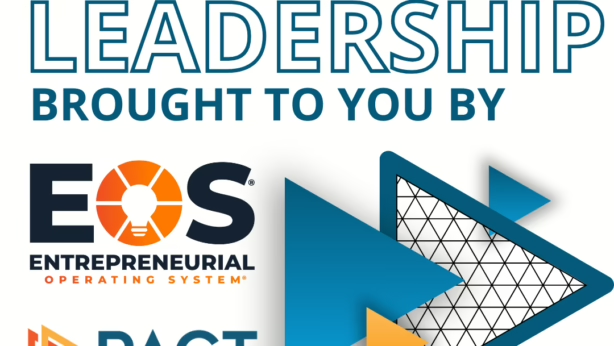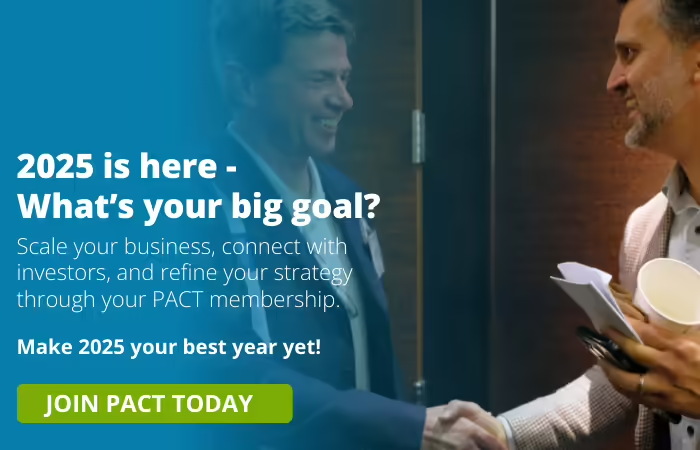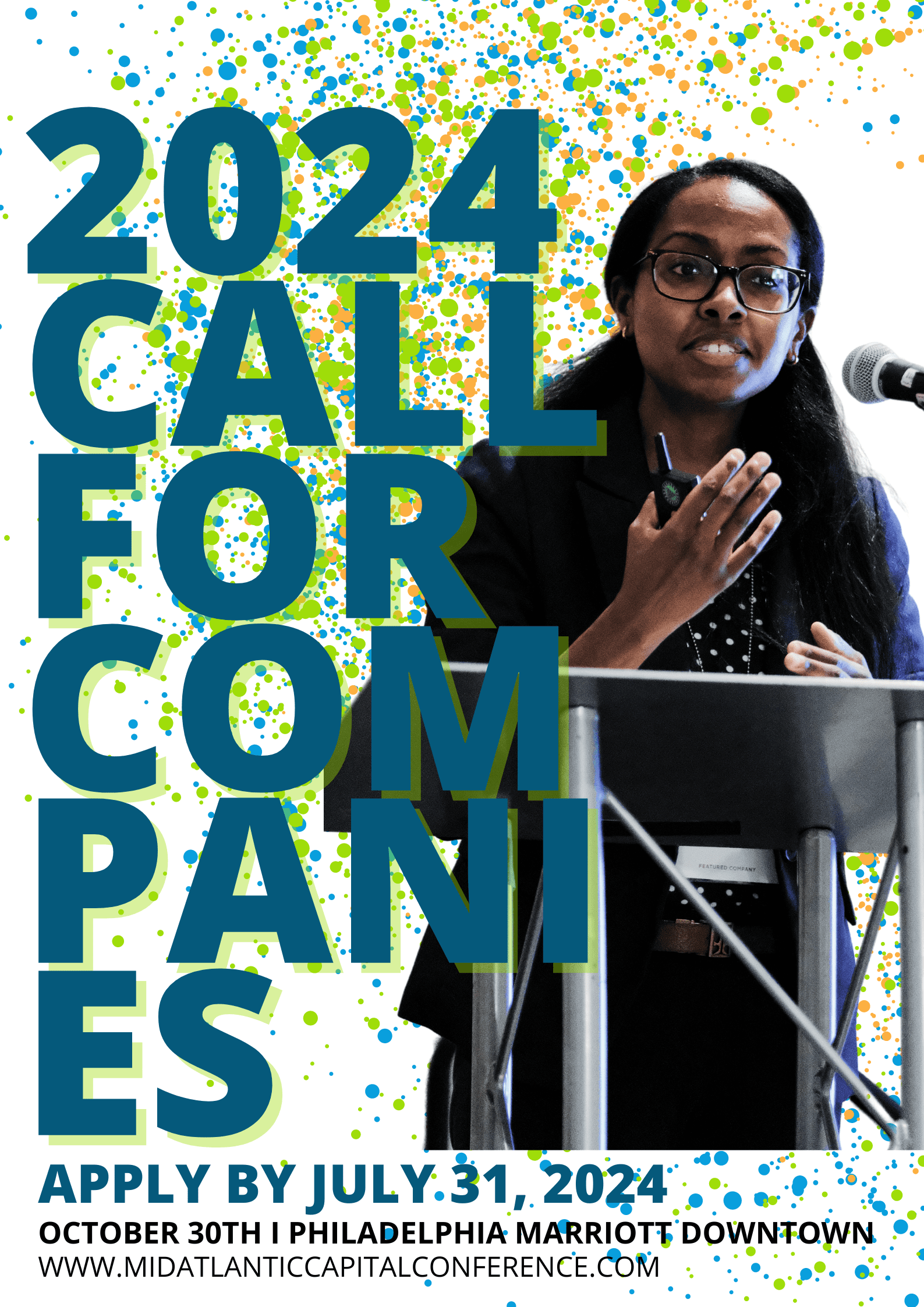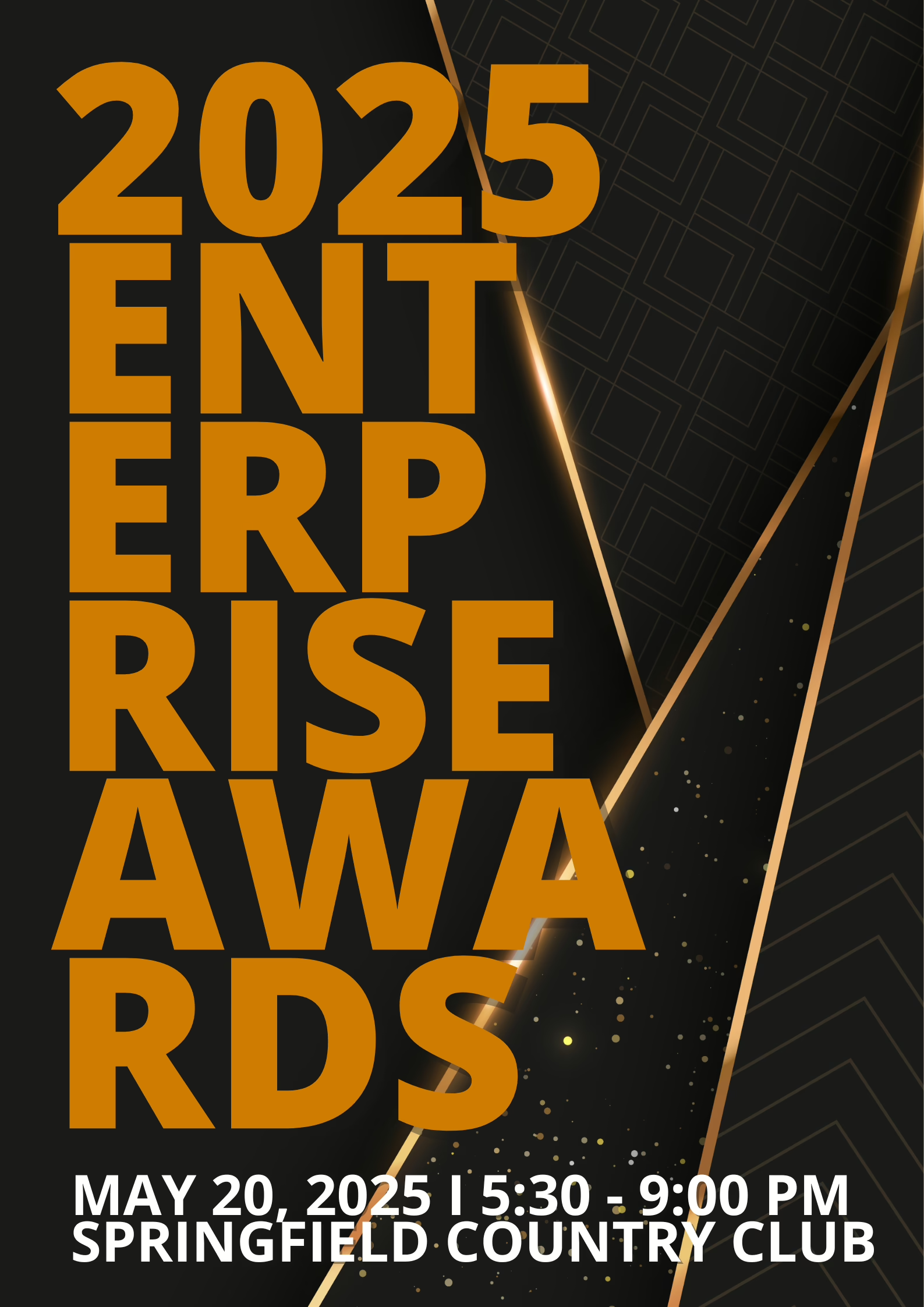Want to execute an effective change management plan? Look to these two things.

By: Wipfli LLP
Leading or managing a technology company comes with an ambitious set of goals: productivity, profitability, and growth are certainly up there. Unsurprisingly, so is stability — a smooth, seamless transition through moments of internal and external change (for better or worse!). Maintaining stability during turbulent times is absolutely doable, but it takes careful consideration.
Unfortunately, a sizeable amount of technology companies fail to plan for the unexpected. But instituting change management practices can help separate a successful business — especially startups — from a struggling one.
Good news: It’s never too late to implement a change management plan using best industry practices — one that can help your organization solve its most pressing challenges and thrive well into the future.
In fact, by developing a “scaleup mindset,” you can put your business at an early advantage by positioning it to weather moments of massive change before they occur. Culture, business model, and execution are three core ingredients of this strategy and getting these three components to work in harmony is what separates a company that struggles to overcome disruptions from one who successfully navigates their way through turbulent times.
Here is how the execution of the scaleup mindset strategy is key to the success — and longevity — of an organization.
Execution in a scaleup mindset
There’s no shortage of execution frameworks you can apply to your business model. A cursory look at your average MBA course or a book on the subject will point to quite a few variations on the theme. And the truth is, many of them can be very useful in running your business.
However, most of these execution frameworks are only effective when leadership commits to developing the right kind of culture. As management guru Peter Drucker once said, “culture eats strategy for breakfast.”
A new execution framework has recently emerged from the crop: objectives and key results (OKRs). Created by Andy Grove at Intel, many companies have since adopted them, including Google, Allbirds, Apartment Therapy, Netflix, and inspiring non-profits like Code for America and the Bill & Melinda Gates Foundation.
Defining objectives and key results (OKRs)
Let’s take a closer look into the two different components of the OKR.
- Objectives are what you’re looking to achieve. By definition, they should be significant, concrete, action-oriented and, ideally, inspirational. When properly designed and deployed, they’re a vaccine against fuzzy thinking — and fuzzy execution.
- Key results (KRs) benchmark and monitor how you get to the objective. Effective KRs are specific and time-bound, aggressive yet realistic. Most of all, they are measurable and verifiable. You either meet a key result’s requirements, or you don’t — there is no grey area or room for doubt. At the end of the designated period (typically a quarter), it’s a good practice to perform a regular check on your KRs and note them as fulfilled or not.
Where an objective can be long lived — rolled over for a year or longer — key results evolve as the work progresses. Once they are all completed, the objective has been achieved.
Measuring OKRs
The scaleup execution process starts with setting your goals and defining ways to measure the key results. This is how you track progress, create alignment and encourage engagement around measurable goals. The way you write your goals and how to measure them will profoundly influence the process.
You can find a few examples of how to write objectives and key results in John Doerr’s book “Measure What Matters.” Essentially, key results are measured by the impact created by your product or service. For example, the success of Chrome, a Google product, was measured not only by its performance and technical prowess but in terms of the number of users.
Whether its office operations, software engineering or non-profits, OKRs can help your company set goals throughout many different divisions and levels. They can also work for personal goals and can be used by individuals to get things accomplished in areas that senior leadership may not be directly involved in.
How Wipfli can help
Our team brings real-world experience to your organization. Our integrated, consultative approach looks at your talent and change management goals and delivers practical but engaging solutions. Learn more about our strategy planning and process improvement services on our web page or read more of our articles in this series:
- How to manage unexpected change: Culture
- How to manage unexpected change: Your business model
- How to manage unexpected change: Execution
To reach out to Wipfli for questions or additional assistance, click here. Also, click here to receive additional content and information in your inbox.






